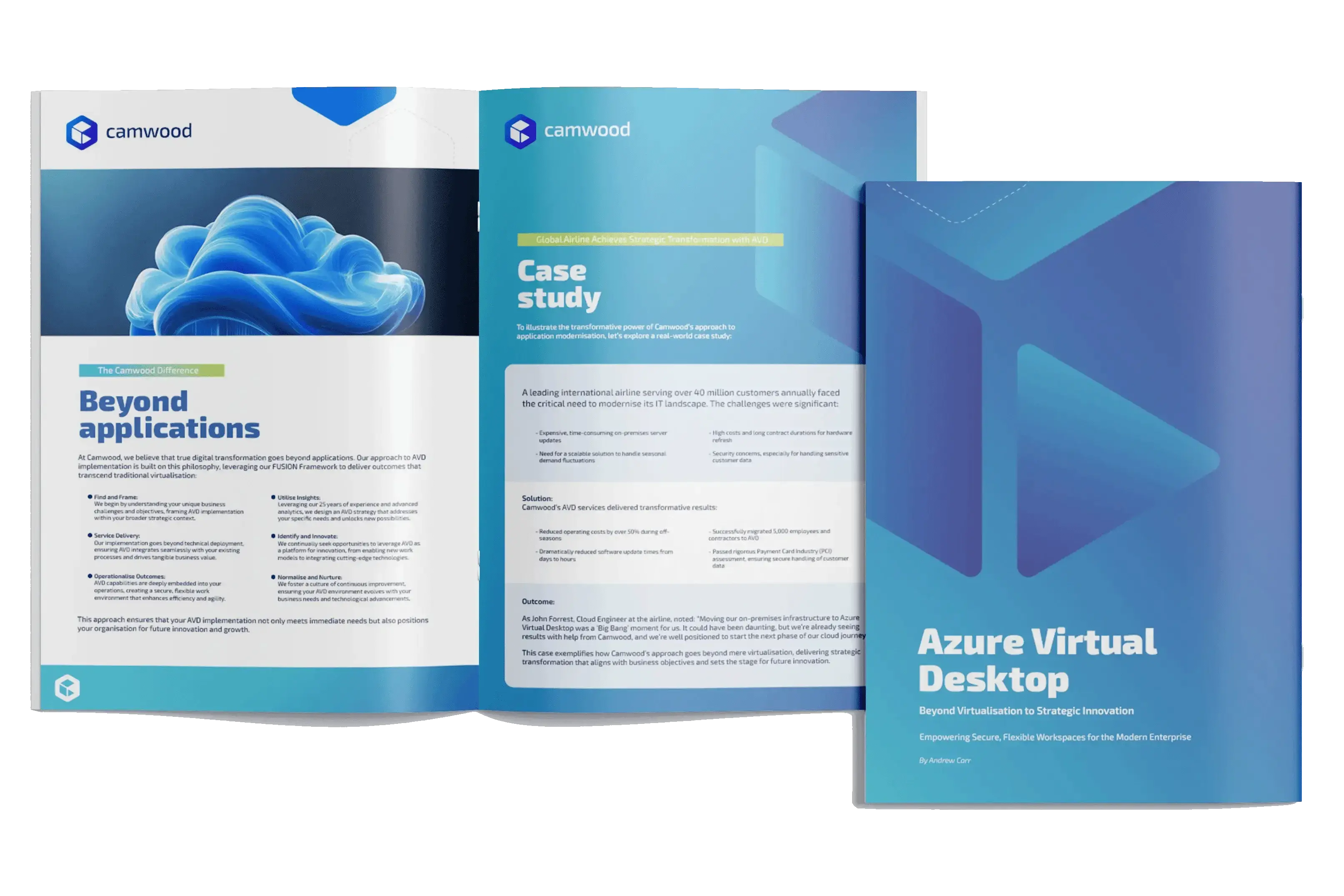Beyond Applications to Workspace Flexibility
Transform your enterprise's digital workspace with Azure Virtual Desktop and AVD migration services. Our 25 years of expertise and FUSION Framework go beyond applications to enhance productivity and secure your IT ecosystem for remote and hybrid work.




















